advancing the mitigation of Climate Change and Global Warming through Geoengineering education and research
International Challenges of Solar Radiation Management
Many geoengineering or climate engineering approaches, such as carbon sequestration through ecosystem restoration, are environmentally friendly, sustainable Climate Change solutions that protect societies and the environment. One benefit of these types of approaches is that they are amenable to action by individual countries and communities. These sensible and safe approaches are currently a priority of the international community. The United Nation’s One Trillion Tree Initiative is an example of this.
Some geoengineering solutions, such as stratospheric aerosol injection, could potentially cool the planet within a couple of years and save our civilization from Global Warming and runaway Climate Change but may adversely affect some regions and populations. Stratospheric aerosol injection, for instance, is predicted to decrease the intensity of the sun and potentially affect crops and the efficiency of solar panels. It could also impact the ozone layer and decrease rainfall by 5% or more in some areas affecting croplands, pastures, streams and other areas.
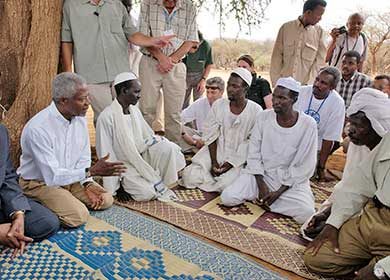


The above example highlights an important problem with not only some geoengineering approaches but Climate Change mitigation, in general. As destructive as Global Warming is to our civilization, biosphere and biodiversity, as a whole, some nations, peoples and regions may benefit from Climate Change and Global Warming. Russia and Canada, which are largely in cold northern latitudes, for instance, may benefit from warmer temperatures provided the biosphere doesn’t collapse. As far back as the 1950s and 60s, Russia, for instance, has been interested in modifying the climate and reducing the arctic sea ice to make the country warmer (Keith, 2000). This fact that some countries could benefit from Climate Change combined with the possibility of adverse effects to some regions and peoples if geoengineering approaches are carried out, makes the decision to implement geoengineering extremely complex and controversial.

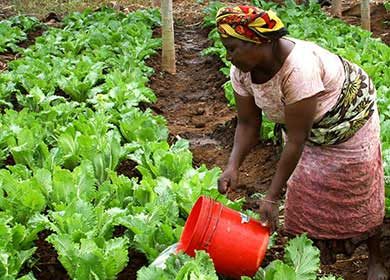

The fact that some geoengineering approaches could differentially benefit some countries while hurting others is a very important consideration. When considering that a large percentage of the Earth’s population lives in marginal areas with low rainfall, a reduction of rainfall caused by the implementation of a geoengineering approach like stratospheric aerosol injection could be catastrophic and lead to widespread human suffering.
In addition, some have feared that a few geoengineering approaches could be used as offensive weapons to manipulate an adversary’s climate. Unfortunately, this fear is not unfounded. In a highly classified geoengineering (cloud seeding) military operation against the Viet Cong (People’s Liberation Armed Forces), known as Operation Popeye, the U.S. military conducted over 2600 sorties between 1967 and 1972 over Southeast Asia in order to increase rainfall over the Ho Chi Minh trail network (Keith, 2000/Hersh, 1972). The operation’s purpose was to slow the movement of North Vietnamese troops and supplies by deteriorating trail conditions. U.S. Defense Department officials claimed that the operation increased local rainfalls by up to 30%.
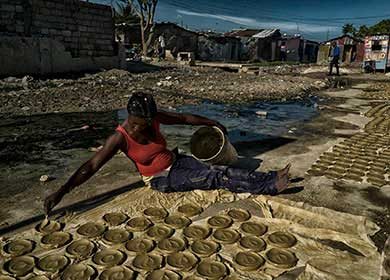
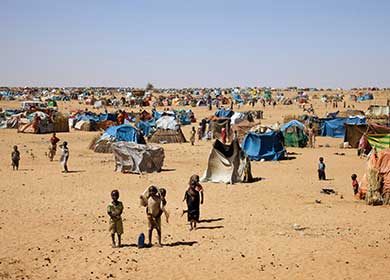

Implementation of global or regional geoengineering approaches that have negative effects and cross the borders of countries should be carried out in a thoughtful and compassionate way with agreement from the countries that might be affected. Measures to mitigate human suffering such as monetary aid, food, water, technology, infrastructure or relocation should be planned for and put in place before these types of geoengineering approaches are implemented. Global organizations such as the United Nations and regional organizations such as the Organization of American States would be instrumental in negotiating and preparing for these types of geoengineering approaches.


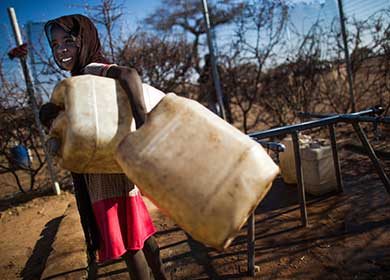
References
- Hersh, S.M., 1972. Rainmaking is used as a weapon by US. New York Times, 3(7.1972), p.1.
- Keith, D.W., 2000. Geoengineering the climate: History and prospect. Annual review of energy and the environment, 25(1), pp.245-284.